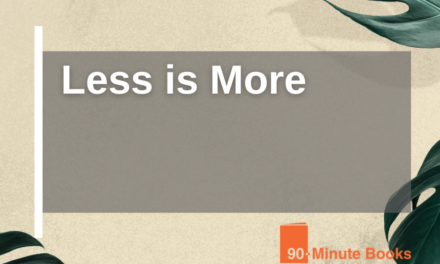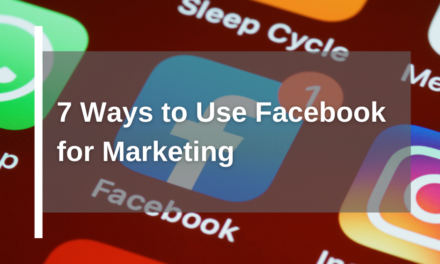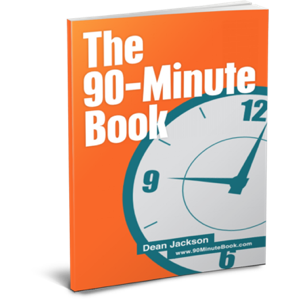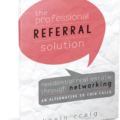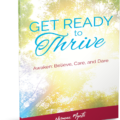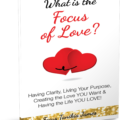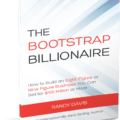Where do People Falter?
‘‘A book is a book”.
Not particularly profound, I know. But bear with me for a second. When you say the word ‘book,‘ people have a sure thing in mind, usually traditionally published books on the shelves of Barnes and Nobel. And the job of work of the back cover is to sell the back.
This is done under the assumption that people are browsing through shelves, picking something up, and looking at the back, and they need something that either convinces or compels them to take that book to the checkout.
In the way we’re talking about it, it’s not that. We’ve said repeatedly that the book’s not the product. In the examples of the funnel that you’re using in your textbook, they already have it. It’s not like they see the back-cover copy before they receive it. So the job of work of the back changes to this funnel-based concept.
This is one step in a broader process. So using that same space for, as you said, do you want them to call you, come into the office, or take an assessment? The back-cover copy is the thing people read the most besides the front cover, using that space as the place to instruct people to take that next step. So the space isn’t to promote or sell the book; it’s to give them instructions on what to do next.
The first problem people face is that they are thinking about it all wrong. Treating the book like a book instead of a lead generation tool. The second problem is that it is easy to become overwhelmed with what the next step could be.
Bios are not the way to go.
So we’re telling people that a bio is not the right thing to put back there. Although occasionally, if you’ve only got so much space to work with, so if I get across the central part of the message, and you have a little room left at the bottom, then including a few words about the author, there might be space for it. It’s not the first thing to think about, and it’s not the only thing to think about. Let us suppose, then, what the better steps are.
Your Book is a Funnel
Your book is part of a funnel. It’s the perfect early-stage asset to get invisible prospects to raise their hand. So, people who may or may not know you already, you may or may not have a relationship with them, but you don’t necessarily know what their interest is in the subject; the book is the very low-commitment way; it’s not a threatening way of having people raise their hand so that you know that they’re interested. So you would want them to do the following steps after reading the book.
The reality is that reading rates on books are really low. the most looked at parts of a reader will be the front cover, the table of contents and the back cover.
Now, with how we have structured the 90-minute book process, The outcome will not come from the book itself. The book is not going to give them the whole solution. Hopefully, it gives them enough to make steps in that direction.
So knowing the read rate’s low, knowing that they have selected something that they’re interested in because of the title, and knowing the table of contents will reassure them they’re generally in the right place. The back cover wants to ideally be that minimum viable commitment next steps that give people at varying degrees of readiness and an easy next step so they can continue the journey.
To Conclude,
There are a couple of different ways of thinking about t and a couple of different contexts. And it’s not always easy to make sure that you cover all of them, so understanding how you will use the book allows you to pick the best of the available options.



